Monitoring Tracking or Spying on a Cell Phone
Do you think of yourself as a spy and wonder how you can monitor another person’s cell phone? Well, we aren’t going to tell you that here, but we will give you some information about cell phone monitoring:
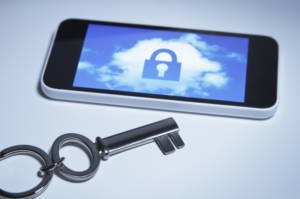 Tracking Cell Phones: The Legal Stuff
Tracking Cell Phones: The Legal Stuff
In most cases, it is not legal to monitor another person’s cell phone. However, and this is NOT legal advice, if the account is in your name, or if you have some type of written permission from the person owning the phone, you can track it.
Why Would a Person Monitor a Cell Phone?
There are certainly situations where it is perfectly legal, and maybe even useful, for someone to monitor a cell phone. One of these reasons is to monitor your family. This is generally the case if you have a teenager, for instance, who has some freedom.
Another reason why you might want to consider monitoring a cell phone is if you have a person in your family who is elderly, and they use a cell phone. For instance, if your loved one has the onset of dementia, it can be a very good idea to track their phone.
It is possible, too, that a company could be tracking a phone. It is very legal, for instance, for a company to track cell phones that they own. The main reason this happens is not only to monitor employee communication, but to also locate a device if it is stolen or lost.
Sometimes Spying on a Phone is Malicious in Nature.
In a Good Morning America spot I did years back, victims speak out about how their mobile phone being bugged made them paranoid. The perpetrators acted like the puppeteers and the victims their puppets. Check it out.
The Main Ways Cell Phones are Tracked
There are four main ways that people use to track a cell phone:
- Via a Carrier – Most major phone carriers have a feature that allows an account owner to track a phone that is on their account. There is usually a fee for this service, and it is definitely legal. This is a good way to track a family member.
- Via a Computer or Smartphone – You can also track a phone via an app like Find My or Find My Friends. Just remember that the phone must be connected to GPS in order for this to work.
- Via a Third-Party App – There are also apps that allow you to trace a phone, but to make it legal, you must have access to the phone you want to track, and even own it and/or have written permission from the person who owns it. In general, both the devices used in this tracking must have the app installed for these to work. Some of these apps might have free limited features, but others only are available if you pay a fee for the service.
- Via a Link – This is likely very illegal, and it can even get you put into jail. Hackers often put these links in emails, texts, or social media posts. To do this, the device has to be infected with spyware and malware, which is installed when the link is clicked. Hackers buy this software from the dark web.
Remember, it is not legal to track a cell phone unless you have permission from the device owner. However, every state has laws pertaining to this, so you may want to look into the laws in your state if you are considering doing any of this. That way, you know what the consequences might be.
Written by Robert Siciliano, CEO of Credit Parent, Head of Training & Security Awareness Expert at Protect Now, #1 Best Selling Amazon author, Media Personality & Architect of CSI Protection Certification.

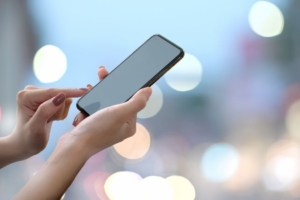
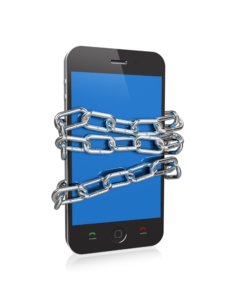
 Laptops
Laptops Let’s imagine that you are in a local coffee shop with your laptop. All someone has to do is download a wireless network analyzer, which usually has a free trial, and with the right hardware and additional software they can often see what everyone is viewing online…unless they are protected. In some cases they can also read your emails that are going out and received, as well as texts you might be sending. Scary, right?
Let’s imagine that you are in a local coffee shop with your laptop. All someone has to do is download a wireless network analyzer, which usually has a free trial, and with the right hardware and additional software they can often see what everyone is viewing online…unless they are protected. In some cases they can also read your emails that are going out and received, as well as texts you might be sending. Scary, right?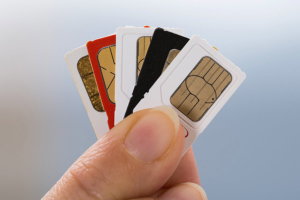 What is SIM Swapping?
What is SIM Swapping?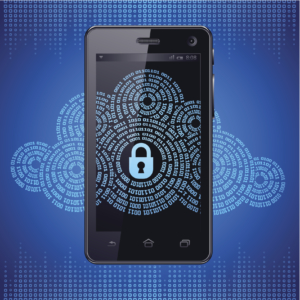
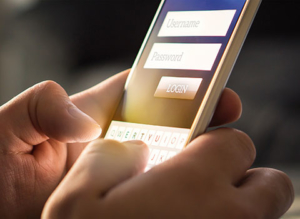 The Legalities of Tracking Cell Phones
The Legalities of Tracking Cell Phones























